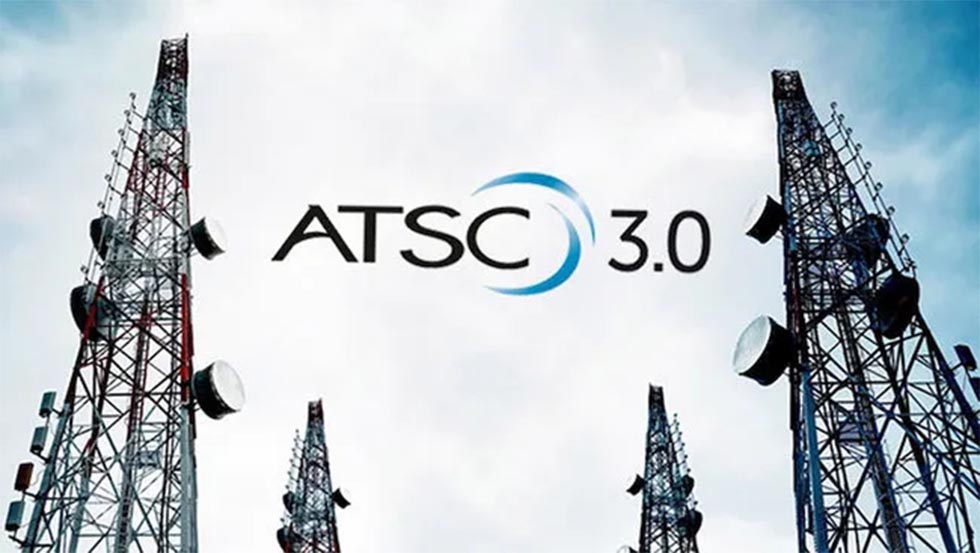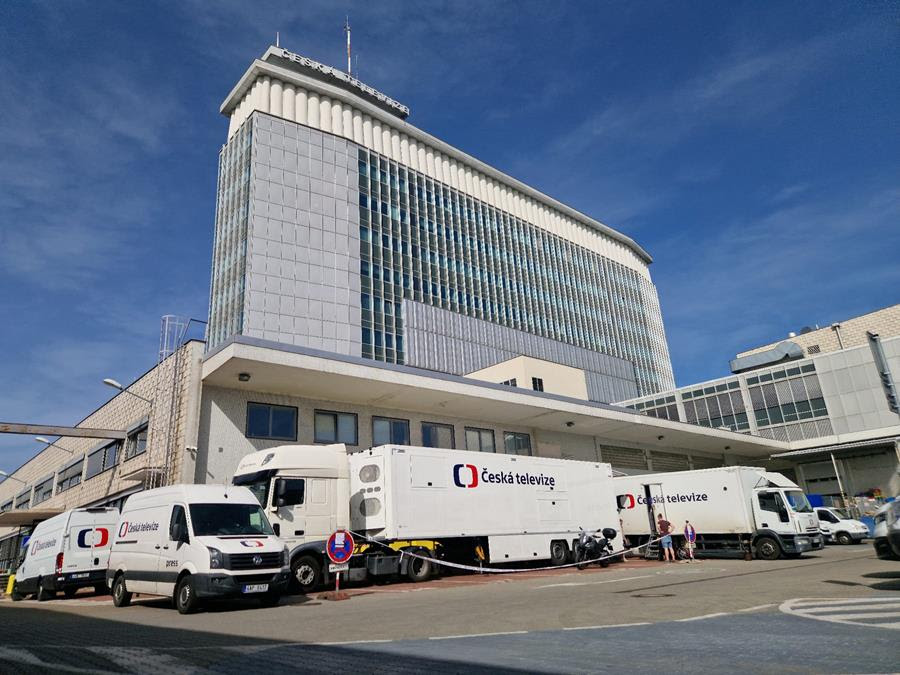ATSC 3.0: 'I Can't Imagine Anyone Defending Our Current Adoption Strategy'
The tasks of defining and socializing NextGen’s vision require a “break glass” resolve we haven’t seen or needed in a while

When asked about NextGen Broadcast (aka ATSC 3.0), I have two answers. If NextGen becomes better pictures and sound, smartly distributes emergency information and extends broadcasting to mobile, I am its biggest devotee. If NextGen places broadcast behind a paywall, diverts significant broadcast spectrum to non-broadcast use, and/or relegates over-the-air (OTA) TV to a tributary of the internet—and offers nothing of value to viewers—I am a reluctant opponent.
We dodged a bullet when the FCC didn’t agree to mandate the cessation of ATSC 1.0. This gives us time to develop NextGen into what it should be.
There are two things of very high value to society that suggests “free, unencumbered” OTA broadcasting should not only survive but be thoughtfully upgraded.
Reliable in Emergencies
First, OTA broadcast is the only means of information distribution that has never failed in any emergency. Somehow, most broadcasters stay on the air… and we only need one. On the other hand, Internet delivery, without exaggeration, has failed in every disaster. “Wireless” infrastructure is inherently fragile—the loss of a single tower or fiber blacks out everyone it serves—and the system gridlocks as manifold smartphones desperately seek escape maps and the like.
There is all manner of outstanding apps for emergencies—what is lacking is reliable distribution. NextGen can deliver many pages of detailed information (that current broadcast technology cannot) to an infinite number of people, instantly, without friction or irritation. That’s not just nice, it will save more lives and property.
Second, it is easy to make the case that broadcast serves a unique role—some say critical—in a democracy. Legacy broadcast is not algorithmically controlled, access is universal, and everyone sees and hears the same message. We are seriously threatened by TV manufacturers that make it difficult to get to OTA broadcast without Internet intervention that drives viewers from broadcast to their streaming products. The information bubbles that social media creates with ever more powerful algorithms are unsuited to broadcasting. There is great value in having one mass medium that is free of such manipulation.
Encryption Must Go
So, what should NextGen Broadcast look like? It must be free to all. Encryption must go. TVs should have a “TV” button that takes you to OTA with ease and without interruption. Grandma should be able to watch TV on her own. TVs should be quite functional without Internet dependence. TVs should block unauthorized capture of user data.
The professional video industry's #1 source for news, trends and product and tech information. Sign up below.
We dodged a bullet when the FCC didn’t agree to mandate the cessation of ATSC 1.0. This gives us time to develop NextGen into what it should be.
OTA TVs should automatically scan the spectrum to build an elegant and expansive electronic program guide that lists everything the antenna picks up. Manual re-scans should never be required. Devices should have storage and processing to support NextGen functionality. Misguided crap like hiding the 1.0 signals when a 3.0 is received (I can go on) needs to stop.
The Advanced Emergency Alerting and Informing function must be implemented. Our current fragmented, ancient and archaic emergency alerting systems have lots of problems and, seriously, NextGen AEI can solve them. Just as importantly, this provides basic internal functions to support further developments. No one should see “no bars” when evacuating or sit through endless tests and irrelevant alerts.
Rolling out NextGen as a poor copy of "LastGen" has achieved the public—and now regulatory—response it deserves. “Lighthouse” stations should be showing top notch demo product. The Super Bowl needs to be 4K, HDR, HFR with great sound and interactive enhancements.
The 1.0 simulcast of that main 3.0 content is a good idea for now, but it should be 480i with promos and NextGen customer education. The NextGen TV in the store should look better than the LastGen and be at least as good as high bandwidth streaming… and say, “buy me!” Stop modulating with something that emulates LastGen. Do both a robust mobile and a high data rate gorgeous interactive video. We have what we need to build what we need.
Two Ways to Go
Our UHF spectrum is an incredible gift. ATSC gave us an amazing set of tools. The same tools that will allow PBS Passport members to skip on-air fundraising and commercial stations to run hyper local advertising, also allows us to create information bubbles and division. NextGen can be an excellent advancement with real world benefits in viewer behavior. It can also become incredibly destructive and hurtful. Or we can do nothing at all and see how ridged 8-VSB, MPEG, braindead purely linear broadcast ages out. Let’s not find out how long before TV manufacturers smother or abandon OTA.
I can’t imagine anyone defending our current adoption strategy. We just learned a lesson we needed. That in no way takes away from the accomplishments of getting to a standard and lighting up most of the nation with at least one 3.0 signal. But it is time for a real adoption plan, and real product development. It’s not easy work.
The tasks of defining and socializing NextGen’s vision, the regulatory changes that need to be made both to allow NextGen to progress and provide guardrails against abuse, building functions like AEI, ad insertion, interactive, etc. and working with the device manufacturers, MVPDs, and content producers… require a “break glass” resolve we haven’t seen or needed in a while.
All industries require occasional refreshment and upgrading to meet fluid market demands that both preserve revenue and unlock new opportunities. Our special loan of increasingly scarce spectrum comes with a responsibility to both our customers and investors. Thoughtfully developing NextGen is an opportunity way better than the dark alternatives.
